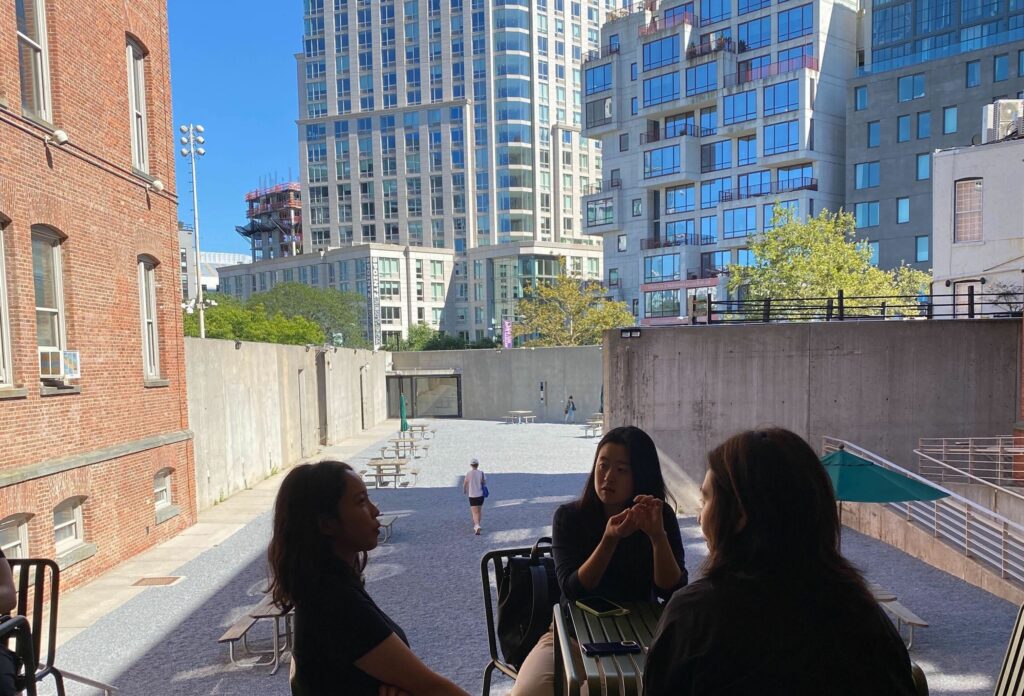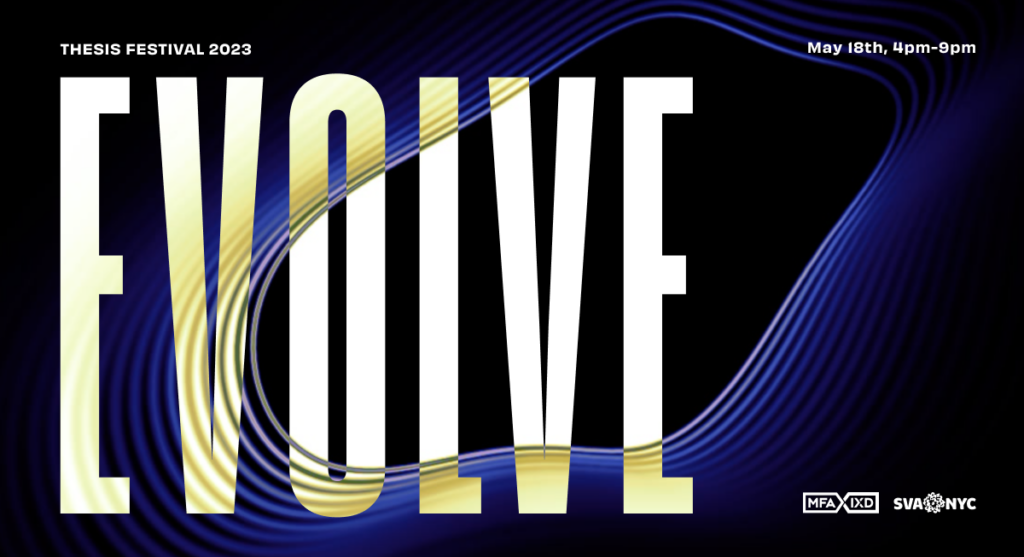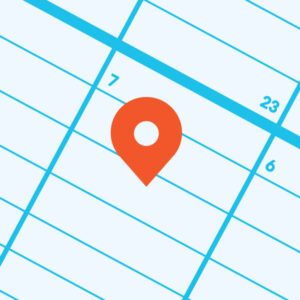Back in 2003 I wrote a bowling game in QBasic. I have been writing code since I was 12 years old. So yes, I am a coder and I ❤ code. Today, I am also a UX designer, or at least will be one after I complete my MFA in Interaction Design course at SVA. There are already a lot of designers out there who say we know how to code or at least want to learn how to code. There are also coders who know how to design or at least want to learn how to design, like me.
After doing a couple of design projects for my friends, I designed my first website in 2012. By then I was already into designing, and after a dozen more projects and I became a developer-cum-designer or a so-called “unicorn”.
So what is it like to be a developer who can design (or a designer who can code)?
Take a brief look at this image –


Left Brain — Right Brain (via ads of the world)
As you may see, design is more associated with creative, “right brain” thinking and engineering is seen as a more analytical, “left brain” exercise. The more of a designer you are, the less of an engineer you are, and vice versa. In reality, this is a false polarity, as both developers and designer need to use a combination of divergent and convergent thinking to innovate and problem solve.


Good designers and good developers actually have a lot in common.
Now here are six good reasons why I think designers should code.
1. Achievement unlocked
The combination of a designing in Sketch (or whatever software you use) along with HTML & CSS is greater than the sum of their parts. Learning code opens up a whole new realm of creative possibilities.
2. Execute your design
As a designer, there always comes a time when you have to go to the developer and explain him parts of the design and how the interaction works. As an unicorn, your designs will be executed by you in exactly the way you want them to be.
3. Think Technical
Today, as a designer there are multiple technical challenges one faces. You have to think of various aspects such as screen sizes, operating systems, responsive design, browser support, etc. But if you are a designer who can code, this wouldn’t be a daunting task at all.
4. Never stop learning
After starting with HTML/CSS basic, you can move on to adding a level of complexity by making your UI interactive with Javascript and jQuery. Once you are comfortable enough with these, you may move to advance branches of these by learning SASS or another CSS preprocessor and Javascript front-end frameworks like Angular or React.
5. Jobs… Jobs… everywhere
Learning code lets you tap into a plethora of career advancements. We all know that Developers’ salaries are higher than Designers. Be sure you Market yourself as a Developer AND Designer so companies pay you right.
6. Creativity doesn’t lie only with Designers
Developers are also creative in their own way, even if they don’t consider themselves to be one. If not more, Developers are just as creative as your average designer. We all solve problems; we just do so in different ways.
In Conclusion
Do keep in mind, when I say that you learn how to code, I would recommend you limit yourself to front-end development (HTML/CSS/Javascript/Processing) only. Getting into back-end development (Database, etc.) will be far out of scope.


